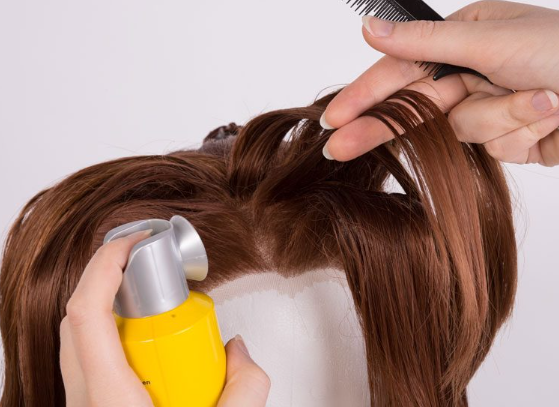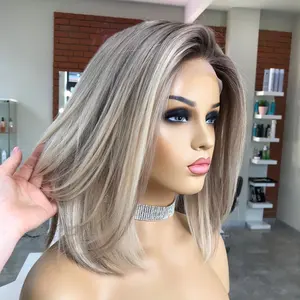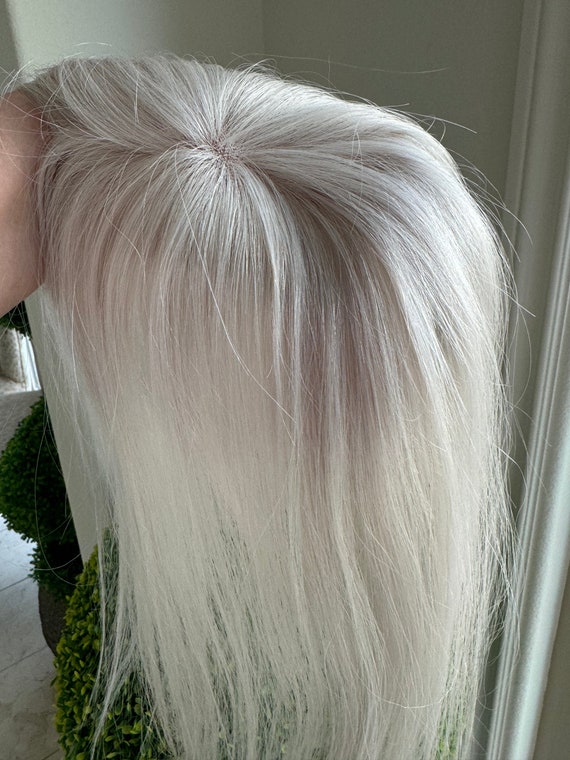
Types of Human Hair Wigs:
Remy Human Hair: Known for its high quality, Remy hair retains cuticles that align in one direction, offering a natural look and smooth texture.
Virgin Human Hair: Hair that has not been chemically processed, providing a soft and natural appearance with minimal tangling.
European Human Hair: Often sought for its fine texture and natural density, suitable for creating lightweight and realistic wigs.
Making Human Hair Wigs:
Techniques include ventilating individual strands into lace caps for lace front or full lace wigs, or sewing wefts onto traditional wig caps.
Precision in pattern cutting and fitting ensures the wig sits naturally and comfortably on the wearer's head.
Personality Development:
Wig-making can enhance creativity and attention to detail, fostering patience and meticulousness.
It provides opportunities for self-expression through custom designs and styles, contributing to confidence and personal identity.
Care and Maintenance:
Human hair wigs require regular washing and conditioning with sulfate-free products to maintain softness and shine.
Heat styling is possible, but care must be taken to avoid damage. Proper storage on a wig stand helps preserve shape and longevity.
Good Sides:
Human hair wigs offer the most natural appearance and can be styled with heat tools, dyed, and customized to fit individual preferences.
They provide versatility in styling, from casual to formal looks, and are durable with proper care.
Bad Sides:
Higher cost compared to synthetic wigs due to the quality of human hair.
Requires more maintenance and care, including regular washing and styling to maintain appearance.
Material Choices:
Opt for high-quality human hair, such as Remy or Virgin hair, for durability and natural appearance.
Consider lace materials for caps to ensure breathability and a realistic scalp appearance.
Fashion and Design:
Trends include natural hair textures (straight, wavy, curly) and colors that blend seamlessly with natural hair tones.
Customization options allow for personalized designs, catering to specific styles and preferences.
Trending and Market:
Current trends focus on natural-looking wigs that enhance rather than conceal natural hair characteristics.
Demand varies based on age, lifestyle, and cultural influences, with increasing interest in high-quality, sustainable options.
Customer Preferences:
Preferences range from everyday wear to special occasions, influencing choices in style, length, and color.
Custom fitting and personalized customer service are crucial for meeting individual needs and ensuring customer satisfaction.
These points provide a comprehensive overview of human hair wigs for white hair, encompassing crafting techniques, care tips, market trends, and customer preferences.



